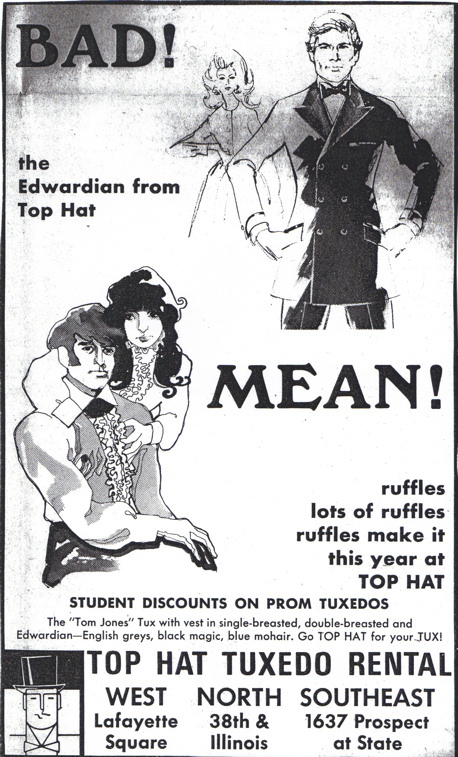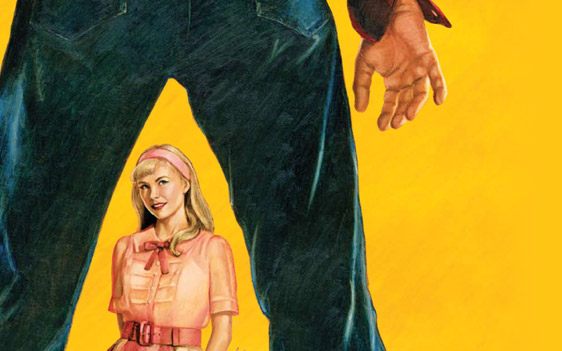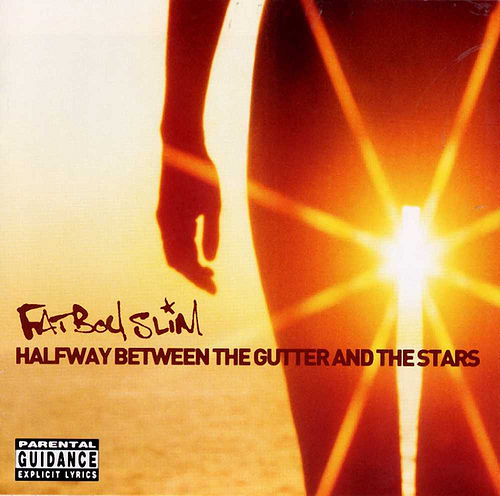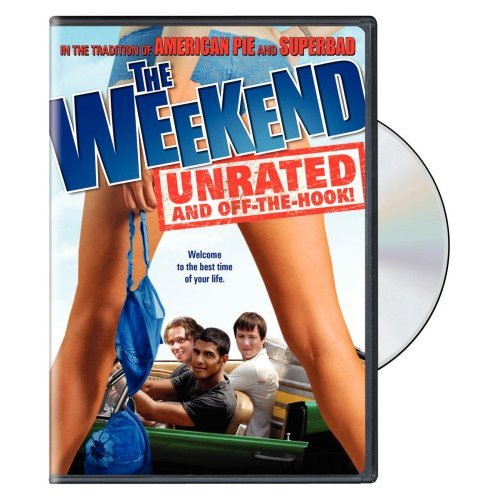This ad appeared in a 1970s high school newsletter in Indianapolis:

Found at Vintage Ads.

Camilla P. sent us this international sampler of Coke Zero ads. She says all of them that she found use the whole “zero” is manlier than “diet” strategy (see the first two below), except the one in Australia which links a sip of Coke Zero with orgasm (see the third video).
From Britain:
From Brazil (we’d love someone to translate, although we think we get the gist):
From Australia:
If you liked that, see this remarkable Orangina commercial.
Two readers, Breck and Miguel, sent in this post:
Boingboing put up this post that shows how common “spread legs” imagery is in old book covers. A commenter to that post pointed out this example (found here) from the Broadway version of Cry-Baby.:

Another commenter thought this FatBoy Slim album cover is interesting:

And there’s this Pooh-Man album cover:
And:

Miguel pointed out that the exact same stance can seem threatening or sexual inviting, depending on whether it’s a man or a woman in the pose.
Thanks to Breck and Miguel for sending these along!
NEW: Larry sent along this image from the June 2008 issue of Esquire magazine (p. 112), which also uses the “spread legs” motif:

“Because everything in her home is waterproof, the housewife of 2000 can do her daily cleaning with a hose.”
If only. I have started vacuuming my dogs, which seems more efficient than letting them shed and then vacuuming their hair off the carpet, but that’s a long way from just being able to hose the house down every day.
This image, found here, is a good illustration of visions of the future and the intense belief in science and technology to completely change daily life (except who does housework) that was so common in the 1950s.
It could also be useful for a discussion of how new household appliances and technologies actually changed women’s lives. In some cases, new electrical appliances clearly reduced women’s domestic workload. My great-grandma had a lifelong devotion to Franklin D. Roosevelt because his New Deal rural electrification project eventually made it possible for her to get an electric washer. She had 7 kids and swore to me multiple times that the electric washing machine was the single greatest thing that ever happened to women (birth control being a close second). On the other hand, as more household appliances became available, our standards of cleanliness increased, so in many cases women ended up doing more housework in an effort to meet the more stringent cleanliness (and to use their electric vacuum to vacuum a peacock-fan-shaped pattern into the carpet, among other useful skills some home economics courses imparted).
Thanks to Ben G. for sending this along!
Occasionally we here at Sociological Images like to put up something we really like. To that end, I submit to you this public service announcement for science careers in the European Union (made by a German ad agency):
I like that it’s actually creative, instead of relying on the good ol’ objectifcation, nudity, violence, sex, or all of the above. I also like that the people in the commercial just look like people. Proof that you don’t need people in the 99.9th percentile of beauty and thinness/beefiness to make a good ad. What do you like about it?
The following image is of a USC quarterback named, and I swear I’m not making this up, John Booty. In fact, if you look closely, the title of the text in the photo is “Booty’s Call.”
This could be useful in discussions about the social construction of masculinity and sexuality. Imagine any other scenario in which two men were posed this way in a photograph without being labeled as homosexual. However, since they are playing football, they manage to get away with this blatant violation of the rules. In fact, they manage to break the rules of gender and sexuality in a way that manages to reinforce those same rules.
Talk about moving the goalposts…
The Simon Wiesenthal Center just released “iReport: Online Terror + Hate: The First Decade” (pdf) analyzing cyberhate and extremist websites from the last decade. In addition to analysis and pictures of the websites analyzed (I posted some below), the report contains discussions of “cyberhate” and online terrorism, and includes an action plan. See also the NYTimes coverage of the report.
While I would argue that the Internet is no different in terms of composition than the peoples and organizations that make up the Internet (i.e. the Internet reflects and re-creates the racial, ethnic, gender and class divisions found elsewhere), what I think is particularly interesting about this report is how newer Internet technologies (Web 2.0 technologies like social networking sites, collective gaming, blogs, folksonomies) are shaping how these kinds of web content are created and distributed. Just as Web 2.0 technology tailors the information you see about your friends on social networking sites like Facebook, Web 2.0 technology is also making it possible for extremist groups to bring tailored content to targeted groups of interested individuals.
This report has a lot of content that would be perfect for class discussions on the Internet, online activism, how Web 2.0 technology shapes this kind of content, the visibility/invisibility of race, class, gender and other inequalities online, as well as issues of web freedom and monitoring online content. How could this content be regulated and/or censored? Should it be?
Some highlights from the report (p. 3):
• The Internet’s unprecedented global reach and scope combined with the difficulty in monitoring and tracing communications make the Internet a prime tool for extremists and terrorists.
• The Simon Wiesenthal Center has been monitoring these developments for nearly two decades through our Digital Terrorism and Hate Project. Our findings reveal that as the Internet has grown, the escalation of extremist sites has kept pace in number and in technological sophistication.
• In April 1995, the first extremist website went online: Today, the Wiesenthal Center’s Digital Terror and Hate 2.0 identifies some 8,000 problematic hate and terrorist websites and other internet postings. This represents a 30% increase over last year.
• Every aspect of the Internet is being used by extremists of every ilk to repackage old hatred, demean the ‘Enemy’, to raise funds, and since 9/11, recruit and train Jihadist terrorists. Of special concern is the use of the Internet used by the Iranian regime to justify terrorism and spread its influence throughout South America.
• Internet-based hate has inspired some of the most violent hate crimes in America. In this election year, the Internet continues to be used to demean and threaten African Americans, Jews, immigrants, gays and virtually every religious denomination.
• Extremists are leveraging 2.0 technologies to dynamically target young people through digital games, Second Life scenarios, blogs, and even Youtube and Facebook style videos depicting racist violence and terrorism.
And some images of sites included in the report (they are described within the report):